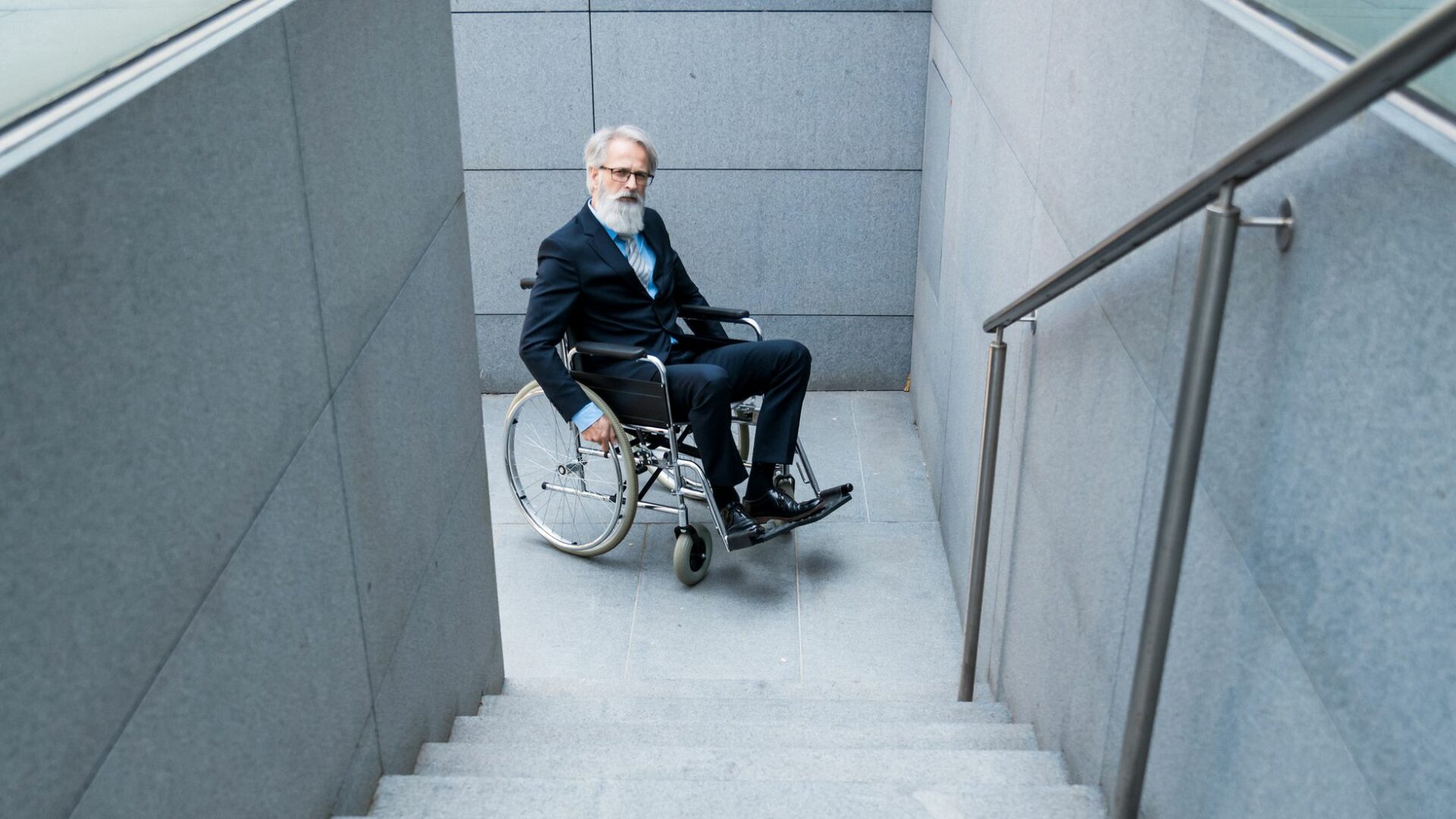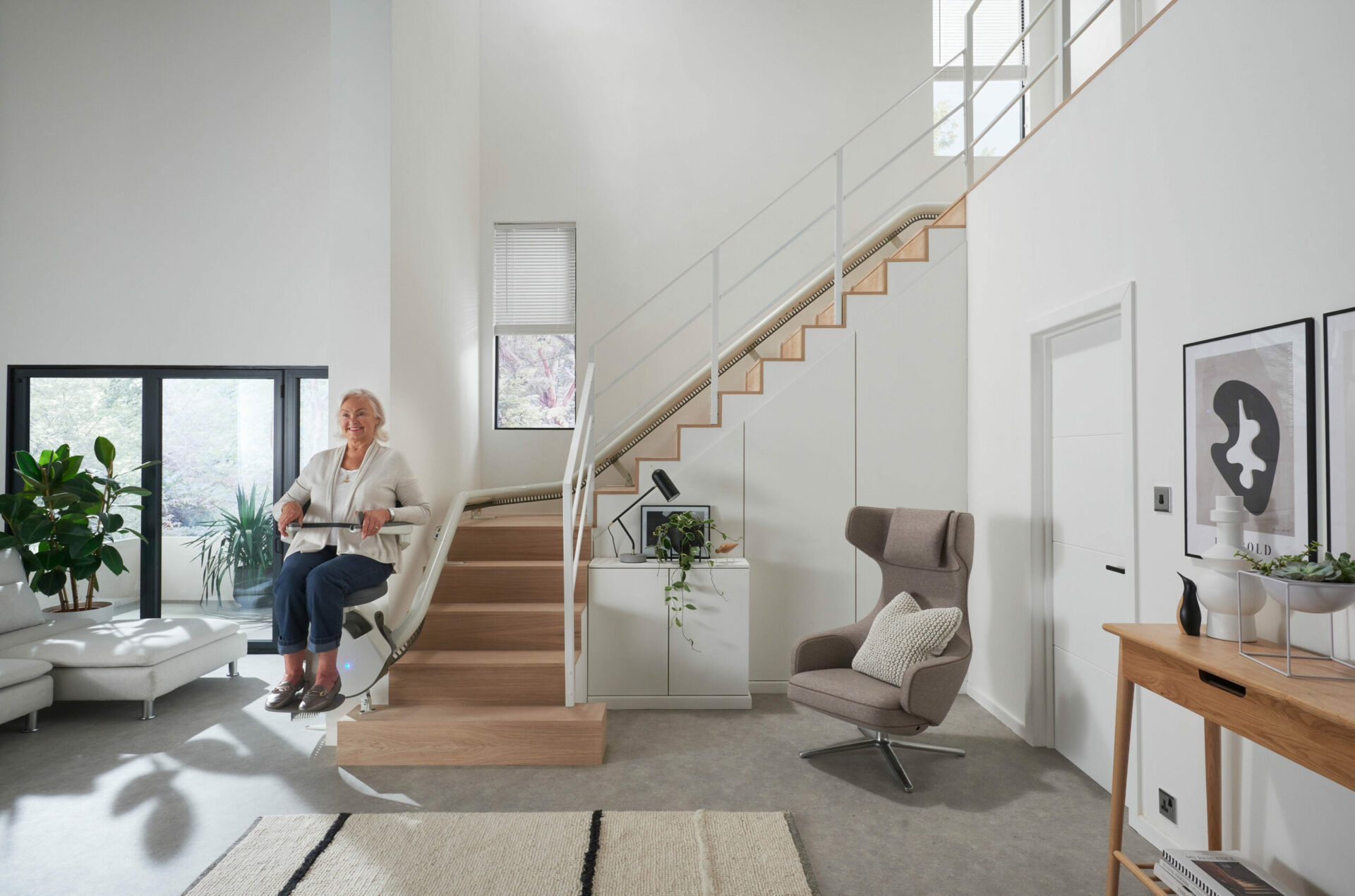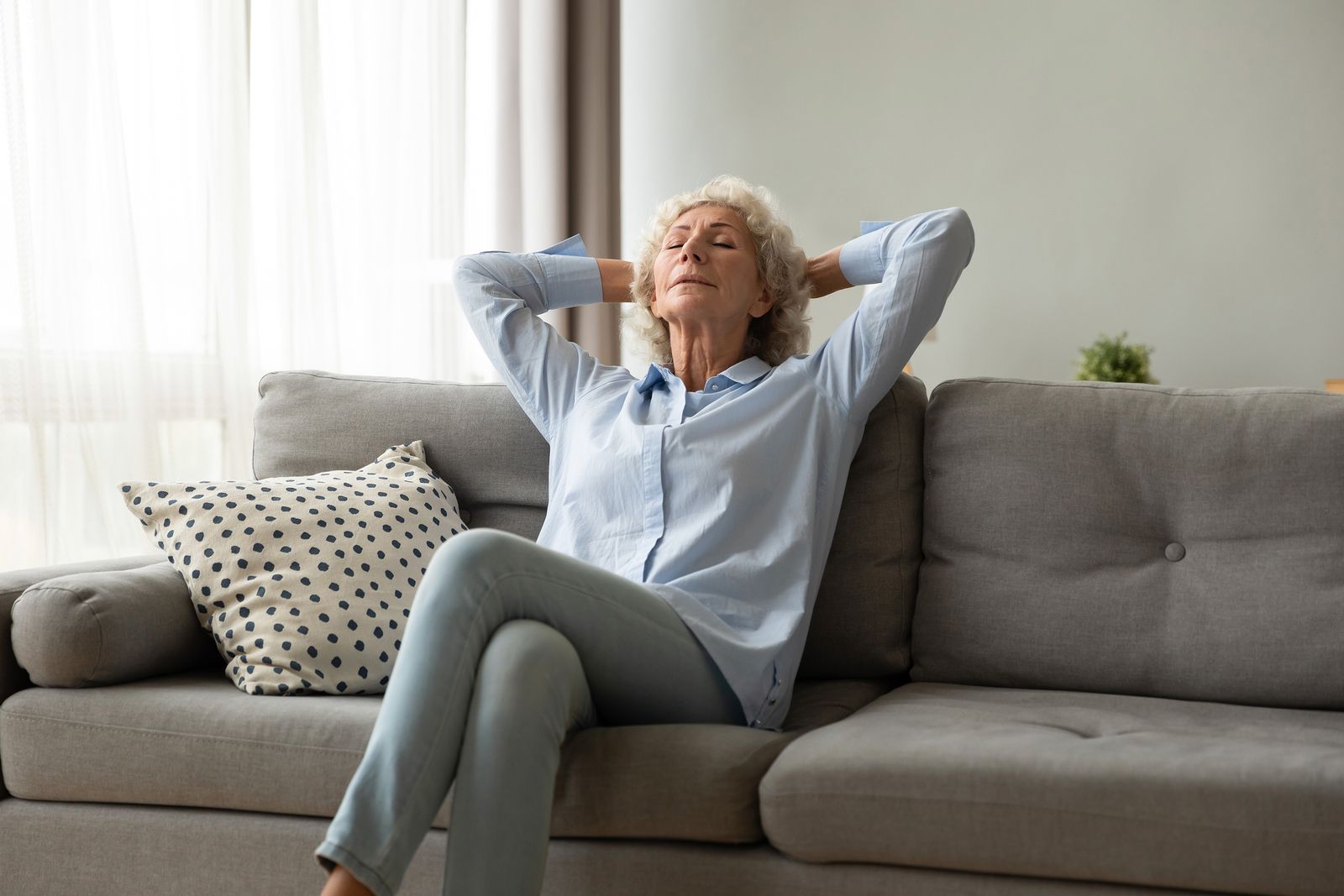Mobility is a major concern as we age. While some older adults manage to maintain good mobility, many are not so fortunate. Arthritis, the aftermath of an accident, or simply the passage of time can make walking or climbing stairs difficult or even impossible tasks. However, the good news is that building design can help improve the mobility of older adults. Here are some tips on how to do it:
Ramps and Stairs
One of the most obvious improvements that can be made is ensuring that buildings have suitable ramps and stairs. Ramps should have a gentle slope and should have handrails to help people maintain balance while walking. Stairs should have wide enough steps for older people to climb without difficulty and should have handrails on both sides.
Another useful improvement for ramps and stairs is to put non-slip carpets on them. This will help prevent older adults from slipping and falling. You can also put a mat on the entrance floor to help people balance while walking.
Doors and Hallways
Another thing to consider is the size of doors and hallways. Doors should be wide enough for older people to pass through without difficulty. Hallways should be wide enough for people to walk through without bumping into walls. If hallways are very narrow, you can place a carpet on the floor to help people maintain balance.
Bathrooms
Bathrooms should also be designed to be accessible for older adults. Bathroom doors should be wide, and showers should have a platform so people can get in and out of them without difficulty. Seats should also be installed in showers and toilets so that older people can sit if they need to rest.
Sinks should also be designed to be accessible. They should be at the right height for older people to use without difficulty and should have enough space for people to maneuver around them. Automatic faucets should also be installed so people don’t have to turn handles.
Lighting
Lighting is also important for the mobility of older people. Spaces should be well-lit so that people can see where they are and where they are going. Emergency lights should also be installed so that people can see if there is a power cut.
Automatic lights should also be installed in hallways and stairs so that people don’t have to worry about turning off lights. The automatic lights will turn on when someone is in the space and turn off when the person has left.
Conclusions
Building design can do a lot to improve the mobility of older adults. With a little planning and consideration, many improvements can be made to help older people stay active and safe. If you have any other ideas, share them with us in the comments!






